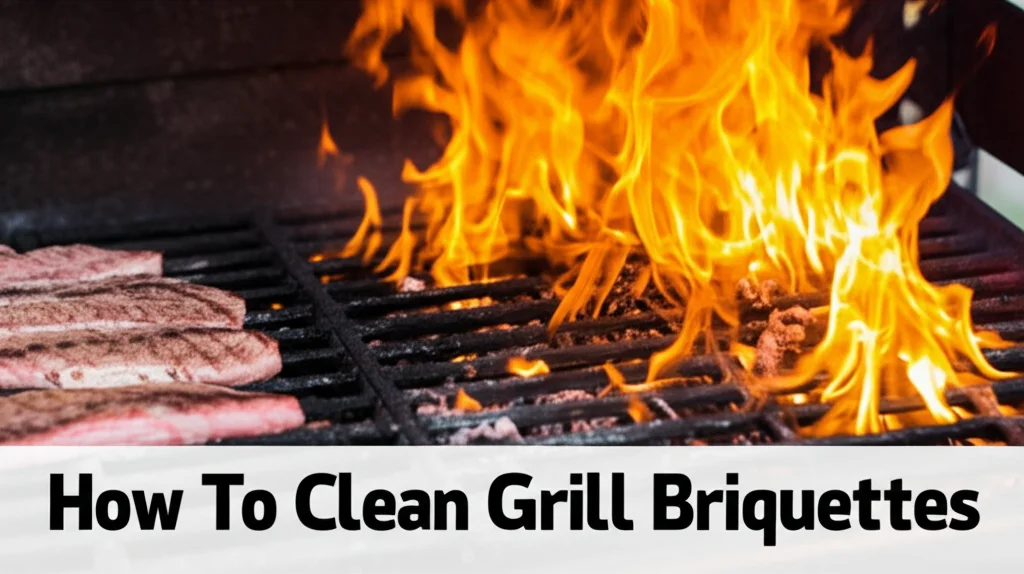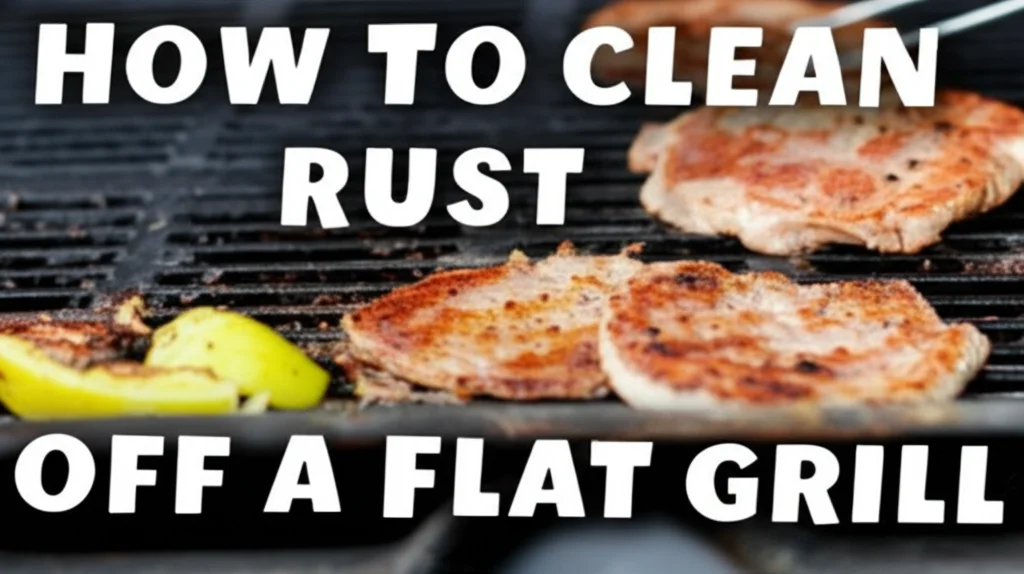· Outdoor & Home · 6 min read
How To Clean A Creek

Cleaning Your Local Creek: A Step-by-Step Guide
Is your local creek looking a little worse for wear? A clean creek is vital for a healthy ecosystem and a beautiful community space. This guide will walk you through everything you need to know about how to clean a creek, from planning your cleanup to safely removing debris and keeping it pristine. We’ll cover the necessary steps to restore your waterway and enjoy its natural beauty.
Takeaway:
- Plan your cleanup carefully, considering safety and permits.
- Gather the right tools and protective gear.
- Focus on removing trash and debris, avoiding disturbance to the habitat.
- Dispose of collected waste responsibly.
- Consider ongoing maintenance to prevent future buildup.
Quick Answer: Cleaning a creek involves planning, gathering supplies like gloves and trash bags, carefully removing debris without harming wildlife, and properly disposing of the collected waste. Safety is paramount, and local permits may be required.
1. Planning Your Creek Cleanup Project
Before you start hauling trash, a little planning goes a long way. First, assess the creek’s condition to understand the scope of the cleanup. Walk along the banks and note the types and amount of debris present. This initial assessment will help you determine the resources you’ll need.
Next, check with local authorities about any required permits or permissions. Many areas have regulations regarding waterway cleanup to protect the environment. Contact your local environmental agency or city hall to ensure you’re following the rules. You might also want to consider if a thorough cleaning of your home is needed, similar to how much to clean out a house, to prepare for outdoor projects.
2. Gathering the Right Tools and Safety Gear
Safety is the most important aspect of any creek cleanup. You’ll need to protect yourself from potential hazards like sharp objects, slippery rocks, and contaminated water. Always wear sturdy, waterproof boots and gloves to protect your feet and hands.
Here’s a checklist of essential tools:
- Gloves: Heavy-duty, waterproof gloves.
- Boots: Waterproof and with good traction.
- Trash Bags: Heavy-duty trash bags for collecting debris.
- Grabber Tools: Extendable grabbers to reach debris without getting too close to the water.
- First-Aid Kit: A comprehensive first-aid kit for minor injuries.
- Waders (Optional): If you plan to enter the creek, waders are recommended.
- Life Vests (Optional): If the water is deep or fast-flowing, wear a life vest.
- Buckets: Useful for collecting smaller items.
3. Removing Debris From the Creek Bed and Banks
Now for the main event: removing the trash! Start by focusing on larger items like plastic bottles, tires, and furniture. These are the most visible and impactful to remove. Work systematically along the creek, carefully collecting debris from both the creek bed and the banks.
Be mindful of the surrounding environment. Avoid disturbing vegetation or wildlife habitats. Don’t attempt to move extremely heavy or hazardous items on your own; seek assistance. Remember, maintaining a clean home is also important, and you can learn more about it with resources like how-to-clean-commercial-carpet.
Identifying and Handling Hazardous Materials
Sometimes you’ll encounter potentially hazardous materials like chemicals or broken glass. Never attempt to handle these items directly. Instead, mark their location and contact your local environmental agency for guidance on safe removal. Proper disposal of hazardous waste is crucial to prevent further contamination.
4. Sorting and Disposing of Collected Waste Responsibly
Once you’ve collected all the debris, it’s time to sort and dispose of it properly. Separate recyclable materials like plastic and aluminum from general trash. Contact your local recycling center to learn about their accepted materials and drop-off procedures.
For non-recyclable waste, arrange for proper disposal through your local waste management services. Consider organizing a designated drop-off location for the collected trash. Proper waste disposal is essential to prevent pollution and protect the environment. Just like keeping your windows clean, how often to clean windows contributes to a healthier environment.
5. Protecting the Creek’s Ecosystem During Cleanup
Cleaning a creek isn’t just about removing trash; it’s about protecting the delicate ecosystem. Avoid disturbing the natural habitat as much as possible. Be careful not to trample vegetation or disrupt wildlife.
Here are some tips for minimizing your impact:
- Avoid entering sensitive areas: Stay away from nesting sites or areas with fragile vegetation.
- Don’t move rocks or logs: These provide habitat for aquatic creatures.
- Be mindful of wildlife: Observe animals from a distance and avoid disturbing them.
- Don’t use harsh chemicals: Avoid using detergents or cleaning agents that could pollute the water.
6. Preventing Future Debris Buildup: Ongoing Maintenance
A one-time cleanup is a great start, but ongoing maintenance is key to keeping your creek clean. Regularly inspect the creek for new debris and remove it promptly. Consider organizing regular cleanup events with volunteers from your community.
You can also help prevent future pollution by:
- Educating others: Raise awareness about the importance of keeping waterways clean.
- Reducing your own waste: Practice responsible waste management at home.
- Supporting local environmental initiatives: Get involved in organizations that work to protect your local waterways.
- Regularly cleaning your gutters: Prevent debris from washing into the creek during rainstorms. Maintaining your home’s exterior, like how often to clean the roof, can also help reduce runoff.
7. Reporting Pollution and Illegal Dumping
If you encounter signs of pollution or illegal dumping, report it to your local environmental agency immediately. Provide as much detail as possible, including the location, type of pollution, and any identifying information. Reporting pollution helps authorities take action to protect the creek and hold polluters accountable.
Frequently Asked Questions (FAQs)
Q: Is it safe to enter the creek to remove debris?
A: Entering a creek can be risky due to slippery rocks, fast-flowing water, and potential contaminants. It’s best to avoid entering the water unless absolutely necessary and always wear appropriate safety gear like waders and life vests.
Q: What should I do with large or hazardous items I find in the creek?
A: Do not attempt to move large or hazardous items on your own. Mark their location and contact your local environmental agency for guidance on safe removal.
Q: How often should I organize a creek cleanup?
A: The frequency of cleanups depends on the level of debris buildup. A good starting point is to organize cleanups at least twice a year, in the spring and fall.
Q: What can I do to prevent debris from entering the creek in the first place?
A: Reduce your own waste, properly dispose of trash, educate others about the importance of keeping waterways clean, and support local environmental initiatives.
Q: Do I need a permit to clean a creek?
A: Yes, in many areas, you’ll need a permit from your local environmental agency. Check with your local authorities to determine the specific requirements in your area.
Conclusion
Cleaning a creek is a rewarding experience that benefits both the environment and your community. By following these steps, you can effectively remove debris, protect the ecosystem, and enjoy a cleaner, healthier waterway. Remember, a little effort can make a big difference. So gather your friends, grab your gloves, and get ready to restore your local creek to its natural beauty. Don’t forget that maintaining a clean environment extends to your home as well; consider how to clean a mailbox as part of your overall cleanup efforts.
- creek cleanup
- environmental cleanup
- waterway restoration
- debris removal




